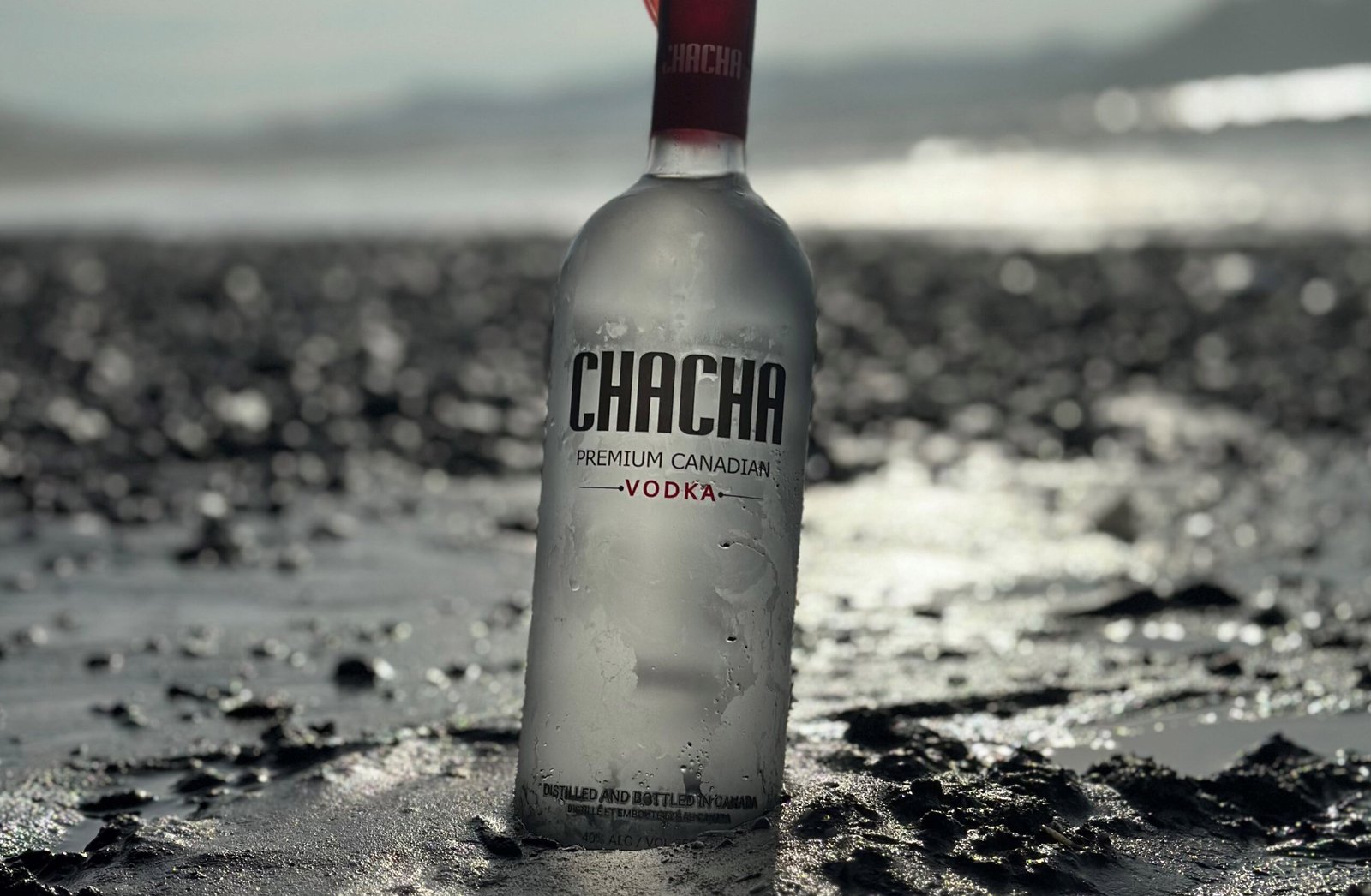Winter activities in Canada and vodka often go hand in hand, especially in countries with cold climates. Below are some excellent pairings that go great with winter activities and drinking your favourite vodka drink.
Winter Activities in Canada with Vodka Pairings
-
Ice Fishing 🐟❄️
- Sit in a cozy, heated ice shack with friends, drop your fishing line, and sip on a chilled shot of vodka to stay warm.
-
Skiing & Snowboarding 🎿🏂
- After an intense day on the slopes, relax with a vodka-based cocktail like a Moscow Mule or a Hot Vodka Toddy.
-
Snowmobiling 🚀
- Ride through snowy landscapes, then warm up by the fire with a spiked hot chocolate featuring vodka.
-
Sauna & Ice Plunge 🔥🧊
- The classic Russian and Nordic experience—heat up in a sauna, take an ice plunge, and enjoy a post-plunge vodka shot.
-
Dog Sledding 🐶❄️
- Experience the thrill of the ride and later celebrate with a vodka cranberry or a classic vodka tonic.
-
Winter Camping & Bonfires 🔥🏕️
- Gather around the fire with friends, roast marshmallows, and pass around a flask of premium vodka.
-
Ice Skating ⛸️
- Glide gracefully (or not!) on frozen lakes, then warm up with a vanilla vodka-spiked hot apple cider.
-
Snowshoeing & Hiking 🚶♂️❄️
- Trek through winter wonderlands and reward yourself with a thermos of mulled wine with a vodka twist.
-
New Year’s & Winter Festivals 🎇🎭
- Celebrate winter holidays with vodka shots and traditional snacks like pickles, caviar, and smoked fish.
-
Building a Snow Fort & Vodka Tasting 🏰🍸
- Construct an epic snow fort, then turn it into a mini vodka bar with different flavoured vodka shots.
The above are just a select few of Canadian winter activities that go well with the premium vodka of your choice. Do you have anything else to add? Please feel free to share 🙂
